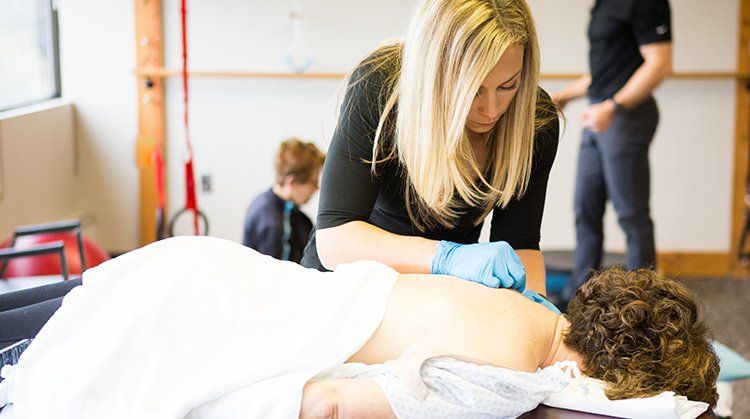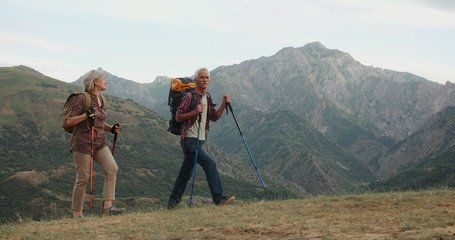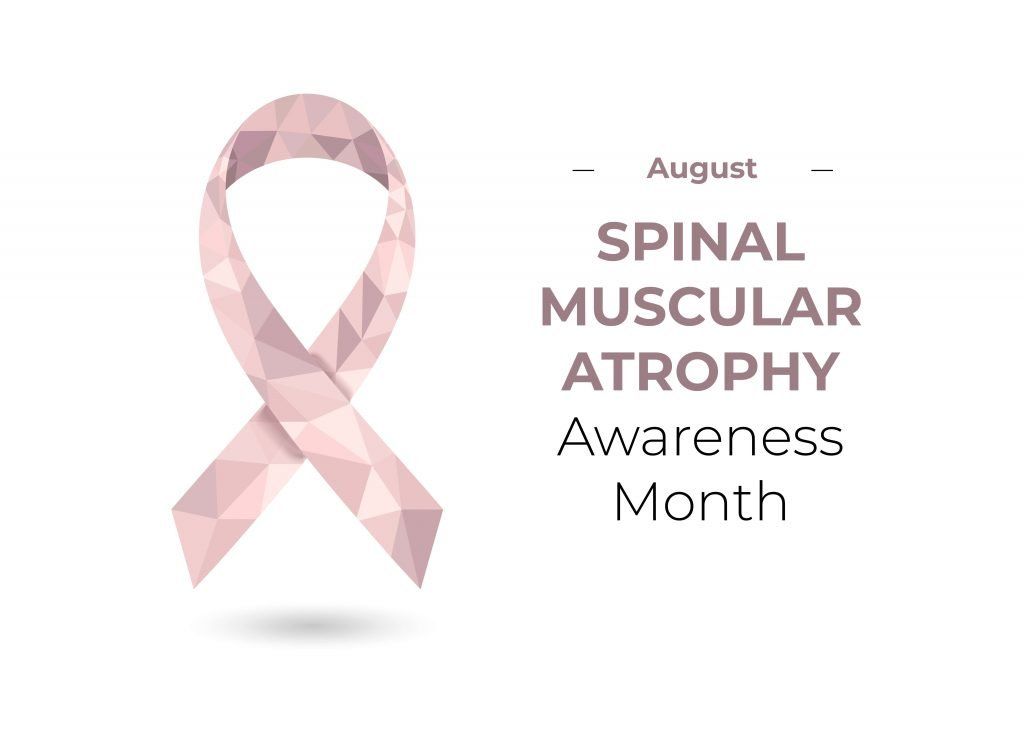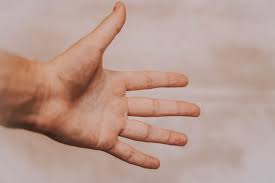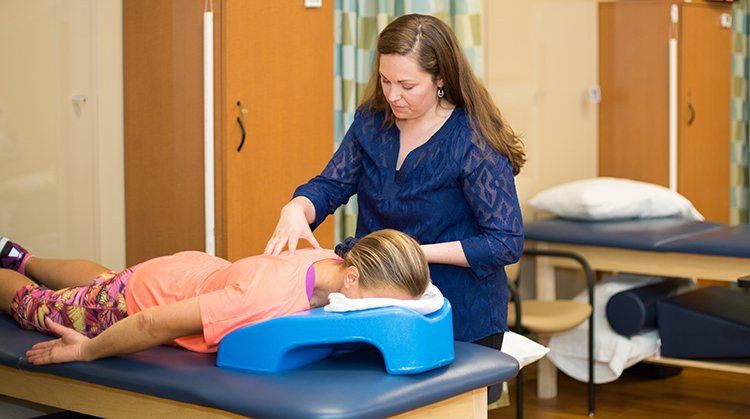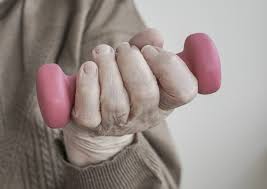Physical Therapist's Guide to Lumbar Radiculopathy and Sciatica
Lumbar radiculopathy (also known as sciatica or radiculitis) is a condition that occurs when a nerve in your low back is injured, pinched, or compressed, causing pain or other symptoms that can extend from the low back to the hip, leg, or foot. Lumbar radiculopathy can be caused by sudden trauma or by long-term stress affecting structures in the back. It most often affects people aged 30 to 50 years. Risk factors for lumbar radiculopathy include repeated lifting, participating in weight-bearing sports, obesity, smoking, sedentary lifestyles, and poor posture. The majority of lumbar radiculopathy and sciatica cases recover without surgery, and respond well to physical therapy. Physical therapists design individualized treatment programs to help people with lumbar radiculopathy reduce their pain, regain normal movement, and get back to their normal activities.
Lumbar Radiculopathy and Sciatica
The spine is made up of 33 vertebrae (bones) stacked on top of each other. On the side of each vertebra are openings in the bone through which nerve roots and nerves exit the spinal canal and travel out to the hips, legs, and feet. Between each vertebra is a piece of cartilage called an "intervertebral disc" that acts like a cushion between the vertebrae.
Injuries close to the spine can cause pressure or injury to the nerves and nerve roots. These injuries may include:
- Bulging intervertebral discs (“ herniated disc ”)
- Overstretching of a nerve or nerve root
- Tight piriformis muscle
Conditions that can cause lumbar radiculopathy to develop over time include:
- Bone spurs
- Arthritis
- Inflammation
Sudden injury can occur with a fall, when a person lifts an object awkwardly, or through trauma such as a car accident. Structures surrounding the spine, such as ligaments or nerves, can also be injured.
A slow onset of lumbar radiculopathy can occur from sitting or standing with poor posture (slumped forward) for weeks, months, or years. Poor posture can slowly overstretch ligaments in the back, allowing pressure to occur on a spinal nerve. As that pressure increases, the pain can travel farther out along the path of the nerve, causing discomfort in the hip, leg, or foot.
How Does it Feel?
Lumbar radiculopathy can cause pain, muscle tightness and weakness, or other symptoms. The pain usually starts in the low back, and can travel to the hip, leg, or foot. The location of the pain can vary depending on which nerve in the back is affected and how much it is irritated. Greater irritation causes the pain to spread farther. Spreading pain usually affects 1 leg, but may affect both legs. Pain and other symptoms can be constant or come and go, and can vary in intensity.
If a nerve or nerve root is severely pinched or compressed it can cause severe pain, muscle weakness, or extreme movement problems. Surgery may be recommended in more severe cases. On rare occasions, nerve compression can cause bladder control or bowel function problems, in which case immediate surgery is recommended .
Your physical therapist can help determine the details of your condition and whether consultation with a surgeon is necessary. Your physical therapist will work with your physician or surgeon to determine your best treatment.
Signs and Symptoms
Lumbar radiculopathy can cause a variety of symptoms. The type and location of your symptoms will depend on the amount of pressure being placed on the affected nerve(s). Symptoms may include:
- Pain and/or pressure in the back, hip, leg(s), foot/feet
- Pain that can be throbbing, aching, shooting, sharp, dull, or burning
- Inability to bend or rotate the back
- Numbness or tingling in the back, hip(s), leg(s), or feet
- Weakness in the leg(s)
- Increased pain when coughing, sneezing, reaching, or sitting
- Inability to stand up straight; being "stuck" in a position such as stooped forward
- Difficulty getting up from a chair
- Inability to remain in 1 position for a long period of time, such as sitting or standing, due to pain
- Pain that is worse in the morning
- Limping when walking
The pain or other symptoms can occur in 1 limb or both. They can be in different locations at different times, and can change depending on your activity or body positioning. For example, pain can lessen or worsen when walking versus sitting, or lying down versus standing up.
How Is It Diagnosed?
Your physical therapist will conduct a thorough evaluation that includes taking your health history. Your physical therapist also will ask you detailed questions about your injury, such as:
- Do you have loss of control of your bladder or bowel? CAUTION: Contact a medical professional immediately if you experience this condition.
- How and when did the pain start?
- At what time of day is it worse?
- What type of discomfort do you feel, and where do you feel it?
- What are you unable to do right now in your daily life due to the pain?
Your physical therapist will perform tests on your body to identify problems, such as:
- Difficulty moving
- Muscle weakness or tightness
- Changes in skin sensation (numbness)
- Changes in reflexes
- Joint stiffness
- Changes in posture
- Difficulty walking or balancing
If your physical therapist finds any of the above problems, physical therapy treatment may begin right away, to help get you on the road to recovery and back to your normal activities.
If testing indicates any concerns, your physical therapist will consult your physician or surgeon regarding the need for special diagnostic testing, such as magnetic resonance imaging (MRI). Physical therapists work closely with physicians and other health care providers to ensure you receive an accurate diagnosis, treatment, and the care you need.
How Can a Physical Therapist Help?
In all but the most extreme cases of lumbar radiculopathy, conservative care (such as physical therapy) often results in better and faster results than surgery or pain medication (such as opioid medication).
Your physical therapist will work with you to design a specific treatment program that will speed your recovery, including exercises and treatments that you can do at home. Physical therapy will help you return to your normal lifestyle and activities. The time it takes to heal the condition varies, but improvement may be achieved in 4 to 8 weeks, when a proper posture, pain reduction, stretching, and strengthening program is implemented.
During the first 24 to 48 hours following your diagnosis of lumbar radiculopathy, your physical therapist may advise you to:
- Protect the area by avoiding activity that causes worsening symptoms, such as heavy lifting.
- Avoid too much bed rest.
- Stay active around the house, and go on short walks several times per day. Movement will decrease your pain and stiffness, and help you feel better.
- Apply ice packs to the affected area for 15 to 20 minutes every 2 hours.
- Sit in firm chairs. Soft couches and easy chairs may make your problems worse.
- Consult with a physician for further services, such as medication or diagnostic tests.
Some exercises are better for individuals with lumbar radiculopathy. Your physical therapist will educate you about them. For example:
- Water exercises can be a great way to stay physically active when other forms of exercise are painful.
- Exercises prescribed for you because your physical therapist found that they reduce your leg pain are important for you to do.
- Exercises that involve lots of twisting and bending may or may not benefit you. Your physical therapist will design an individualized exercise program to meet your specific needs.
- Weight-training exercises, though very important, need to be done with proper form to avoid stress to the back.
Your physical therapist will work with you to:
Reduce pain and other symptoms. Your physical therapist will help you understand how to avoid or modify the activities that caused the injury, so healing can begin. Your therapist may use different types of treatments and technologies to control and reduce your pain and symptoms. Your treatment, based on your condition, may include specific motion exercises, mechanical traction, the application of cold or heat packs, and gentle electrotherapy such as transcutaneous electrical nerve stimulation (TENS).
Improve motion. Your physical therapist will choose specific activities and treatments to help restore normal movement in any stiff joints. These might begin with "passive" motions that the physical therapist performs for you to move your spine, and progress to active exercises and stretches that you do yourself. You can perform these motions at home and in your workplace to help hasten healing and pain relief.
Improve flexibility. Your physical therapist will determine if any of the involved muscles are tight, start helping you to stretch them, and teach you how to stretch them at home.
Improve strength. If your physical therapist finds any weak or injured muscles, the therapist will teach you the correct exercises to steadily restore your strength and agility. “Core strengthening” exercises are commonly used to restore the strength and coordination of muscles around your back, hips, abdomen, and pelvis.
Improve endurance. Restoring muscular endurance is important after an injury. Your physical therapist will develop a program of activities to help you regain the endurance you had before the injury, and improve it.
Improve posture. Your physical therapist will teach you how to improve your posture so that pressure is reduced in the injured area, and healing can begin and progress as rapidly as possible.
Learn a home program. Your physical therapist will teach you strengthening, stretching, and pain reduction exercises to perform at home. These exercises will be specific for your needs; if you do them as prescribed by your physical therapist, you can speed your recovery.
Return to activities. Your physical therapist will discuss your activity levels with you and use them to set your work, sport, and home-life recovery goals. Your treatment program will help you reach your goals in the safest, fastest, and most effective way possible. For spine and leg pain from lumbar radiculopathy, your physical therapist may teach you correct ways to lift objects (called “body mechanics”) that will help protect your spine from aggravating symptoms.
Once your pain is under control or gone, it will be important for you to continue your new posture and movement habits to keep your back healthy and pain free.
Following Surgery
In some cases, surgery is necessary to prevent further damage. If you undergo surgery for your lumbar radiculopathy, your physical therapist will work closely with you and your surgeon to help you regain motion and strength more quickly than you could on your own, and help you get back to your normal lifestyle as quickly as possible.
Can this Injury or Condition be Prevented?
Lumbar radiculopathy may be preventable. To reduce the likelihood of developing this condition:
- Practice good posture when sitting and standing, including when driving a car.
- Use proper body mechanics when lifting, pushing, pulling, or performing any action that puts extra stress on your spine.
- Maintain a healthy weight. This will reduce the stress on your spine.
- Stop smoking.
- Discuss your occupation with a physical therapist, who can provide an analysis of your job tasks and offer suggestions for reducing your risk of injury.
- Keep your muscles strong and flexible. Participate in a consistent program of physical activity to maintain a healthy fitness level.
To help prevent recurrence of lumbar radiculopathy, follow the above advice, and:
- Continue the new posture and movement habits that you learned from your physical therapist to keep your back healthy.
- Continue to do the home-exercise program your physical therapist taught you to help maintain your improvements.
- Continue to be physically active and stay fit.
Real Life Experiences
Dana is a 40-year-old new mom. She is delighted with her new baby Amy and loves to play games with her, pick her up, carry her, and hold her.
Recently, after playing with Amy during some tummy time on a blanket on the floor, Dana stood up, and then reached back down to the floor to pick Amy up. She felt a sudden, sharp pain in the left side of her low back. She was able to lift Amy and move her safely to a playpen, but found that she couldn’t stand up straight for a few minutes. As she tried to complete some light housework, the pain traveled from her back, down her left hip, and into her left calf. She had to limp slightly when she walked, and the pain got even worse when she bent forward.
When her husband returned from work, he could see how much pain Dana was in; he said she should seek medical help. But Dana was reluctant to do so, because she didn’t want to take medicine while breast feeding, and she was afraid of ever having to take opioids because of the severe side effects and risk of addiction. Dana’s husband remembered that his brother had chosen physical therapy to help his back pain, and suggested that she contact a physical therapist. Dana scheduled an appointment right away.
At Dana’s first visit, her physical therapist notes her health history, and asks her to describe her pain. Dana tells him when she first felt the pain, how it extends down her leg, and how difficult her daily activities have become because of it. Her physical therapist performs a full physical examination. Dana explains that she now also feels some tingling in her left leg and foot, and that the pain is worse in the morning. She notes that sitting in the car to get to her appointment was quite uncomfortable.
Dana’s physical therapist performs a series of physical tests to determine the severity of her injury, her muscle strength, the movement of the joints in her back, and the skin sensation in her legs. He finds that a specific movement of the spine almost entirely relieves Dana’s leg and hip pain. He concludes that Dana has lumbar radiculopathy. He explains to Dana that physical therapy over the next few weeks will help to reduce her pain and help healing occur faster.
To begin her treatment, Dana’s physical therapist applies a manual (hands-on) technique that almost completely relieves her leg pain and greatly reduces her back pain. He teaches Dana how to do a specific movement that reduces her leg pain after a few repetitions, in just a few minutes. He tells Dana to perform this simple movement throughout the day at home to reduce her pain and prevent it from returning. Dana is excited to learn the movement, because she can easily do it while caring for Amy, and it really eases her pain.
During her next few physical therapy sessions, Dana reports great relief from her pain, and says she now experiences time during the day when she feels no pain at all. Her physical therapist shows Dana how to prevent her pain from returning by improving her posture and changing the way she reaches forward, so there is less stress on her back. Dana also learns strength exercises for her core muscles to better support her back when she reaches for and lifts her baby. Dana realizes that her core muscles (abdominal and back muscles) became weak during pregnancy; she is happy to have the chance to strengthen them, knowing that it will also reduce her back and leg pain.
After 2 weeks, Dana’s physical therapist adds hip strengthening exercises to her treatment program. After performing them for about a week, along with her other exercises, Dana finds she is able to walk normally again, without a limp. He encourages her to stay as active as possible, and to resume her daily walks and workouts. Dana is relieved to find that staying active reduces her pain even more!
After 3 weeks, Dana’s leg and hip pain is gone, and her back hurts only occasionally. Whenever her back starts to hurt, she repeats the specific movement her physical therapist taught her, and the pain goes away. She finds the pain doesn’t occur if she maintains good posture when she sits, stands, and reaches. She is amazed how quickly her pain dissolved in just a few weeks—and she never took any pain medicine!
Dana follows the advice of her physical therapist, and after 7 weeks, she is pain free and walking with renewed strength. She is able to complete all the childcare and housework activities she used to do, with only rare moments of discomfort, which she deals with by using the skills her physical therapist taught her.
These days, Dana is a happy, busy, new mom, feeling stronger and fitter than she has in years!
This story was based on a real-life case. Your case may be different. Your physical therapist will tailor a treatment program to your specific case.
